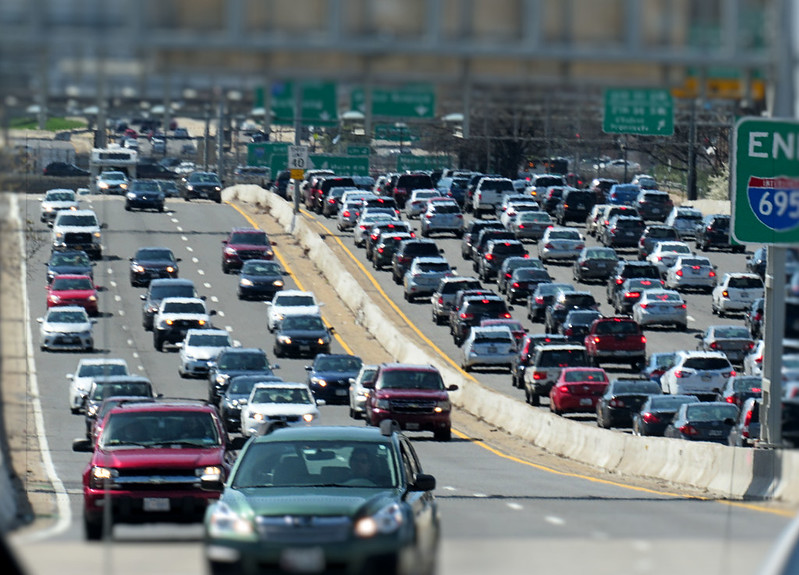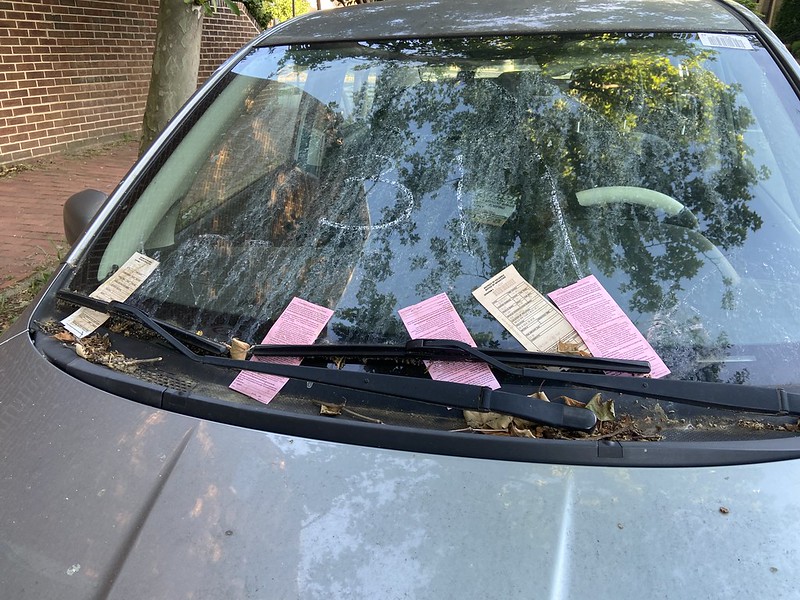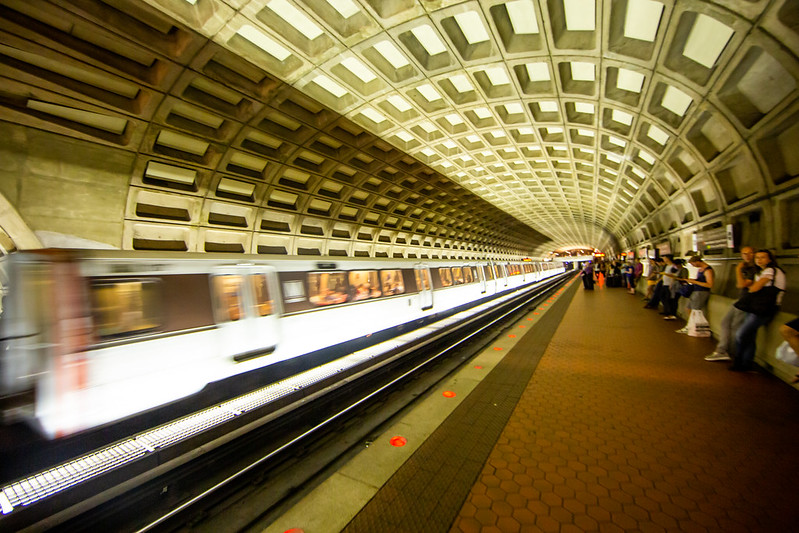Stride and Ride: Mastering the Art of Movement in Washington D.C.
Welcome to the whirlwind world of Washington D.C., where pedestrians reign supreme and vehicles often wish they were somewhere else. This guide will navigate you through the ins and outs of getting around America's capital—whether on foot, by Metro, or the daredevil's choice: by car. Prepare for a journey where comfort meets convenience, and even the sidewalks seem to whisper secrets of the city's storied past.
Table of Contents
Do I Need a Car in DC?
Only if you enjoy paying more for the privilege of moving slower. Bringing a car into D.C. could be likened to bringing a bull into a china shop: exciting but messy.

If your residence is snug near a Metro stop and your escapades are city-bound, then Metro, along with buses and services like Free2Move, Penske Dash, and Zipcar, will more than suffice. On the flip side, owning a car in D.C. is akin to caring for a high-maintenance pet—expensive to feed (gas), pricier to house (parking), and always a gamble (break-ins or tickets). Yet, for those drawn to the call of the wild beyond city limits, a car offers a gateway to adventure that public transport can't quite match.
Do Pedestrians Rule in Washington, D.C.?
Indeed, they might as well. Washington, D.C., a city that doubles as a fitness enthusiast's playground and a museum-goer's paradise, is as walkable as a city can get. The District's well-heeled, athletically inclined residents might zip by you as you amble along, marveling at how conveniently close the Smithsonian museums are nestled together along the National Mall. If you're plotting a trip here, think of packing as preparing for a sport—comfortable walking shoes are your equipment, and light clothing, your uniform. It’s practically an athletic event, traversing from one historic landmark to another.
Beyond just the bipedal joys, Washington D.C.'s public transportation system, including subways, buses, and bikes, ensures you can leave your car behind (probably a wise choice, as you’ll soon discover). The District Department of Transportation offers a plethora of details for the intrepid traveler wishing to dodge the vehicular route.
Is Driving in D.C. as Exciting as a Spy Movie?
Perhaps, if you consider dodging traffic cameras and decoding parking signs thrilling! For the motorist in Washington, D.C., driving is free from amusement taxes but packed with every other imaginable hindrance. Restricted parking, exorbitant parking fees, and the local pastime—speed cameras—are just the tip of the iceberg. Local lore suggests the city's byzantine road layout was designed to confuse potential invaders—an effective tactic that now primarily confounds innocent visitors.
If you decide to brave the motorized waters, heed these tips: Street parking is a fleeting fantasy, typically capped at two hours. Seek sanctuary in a parking garage if you wish to linger longer, though it will cost you $10-25 per day. Avoid rush hours like you would the plague, and follow parking regulations religiously unless you fancy your car in a tow lot.
If you dare to park on the street, be mindful that "2 hours" means "2 hours in this zone," not "2 hours per spot." Wander beyond the allotted time in the zone, and you'll find a ticket faster than you can say "bureaucracy."

For a visual aid on these arcane parking rituals, check out the DDOT Parking Zones map .
How do I navigate the Metro?
Metro, the grand chariot of the underground (and sometimes above ground). It's color-coded, which is nice if you're into that sort of thing or if you just really appreciate the aesthetic symmetry of a good subway map. The locals might murmur about its reliability with a sort of existential dread reserved for Greek tragedies, but it’s clean, it’s efficient, and it has a rule about escalators that could pass for a life lesson: Walk left; stand right. It’s not just transportation; it’s a pathway to personal growth.

The Metro doesn’t run all night, not because the city doesn’t stay up late, but because the tracks must be pampered and coddled like a delicate tea set. It’s all quite civilized. And if you ever find yourself puzzled by the Metro map, just remember: it's less about where you are and more about where you're not. That, and there’s an app for that.
It features six color-coded lines, much like a Rubik's Cube, only slightly easier to solve if you pay attention. Remember the golden rule on escalators: "Walk left, stand right." It’s not just courtesy; it’s the fast track to avoiding scowls.
For more details and to plan your journey, visit the CD Metro website.
Navigational Apps and Resources
To avoid turning your journey into an odyssey, equip yourself with the digital armor of apps and websites designed to make your transit smoother. From real-time updates to navigational guides, these tools are the modern-day compass for the urban explorer. Google maps has all stops and timetables covered, but if this is not your thing try looking for "DC Metro Transit" on your app store.
In essence, navigating Washington D.C. is less about the mode of transport and more about embracing the journey. Whether by foot, rail, or the occasional pedal, each step and stop offers a slice of the city’s vibrant story. So, pack light, plan wisely, and prepare for an adventure that’s as dynamic as the city itself.